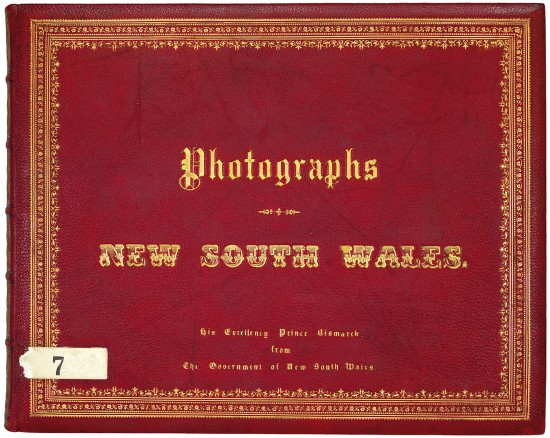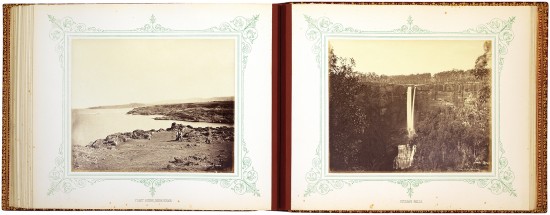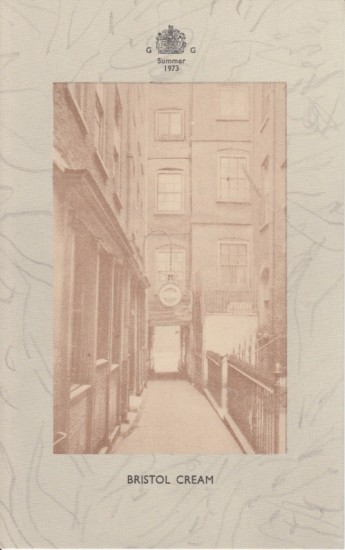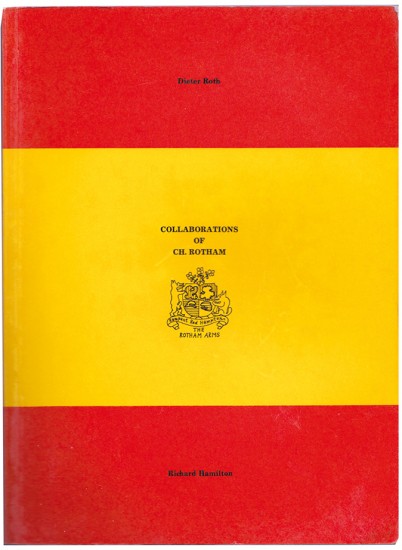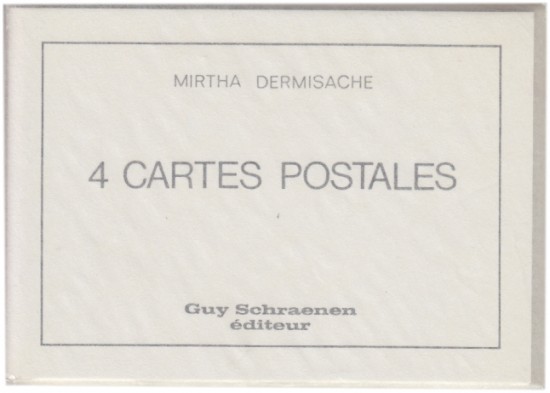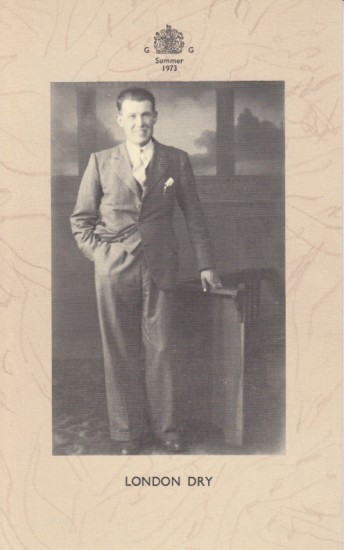Photographs of New South Wales. [Presented to:] His Excellency Prince Bismarck from the Government of New South Wales
Pickering, Charles Percy et al
(Sydney). (N. S. W. Government Printing Office). c.1884
Sold
An exceptional album of Australian photographs presented to the unifier of Germany and 'Iron Chancellor', Otto von Bismarck.
This very fine album, bound in red morocco and with a gilt presentation stamped to the front board (see below), includes 70 fine albumen print photographs from glass negatives representative of early Australian subjects. The photographs include images of important buildings in Sydney ('Government House', 'Colonial Secretary's Office', 'Lands Office', 'Town Hall' etc.) as well as notable landmarks ('Prince Albert Statue', 'Captain Cook's Statue', 'Picton Viaduct', the 'Argyle Cutting', 'Saddle Cutting' etc.), particular events (the visit of the 'Detached Squadron' and a 'Naval Sham-Fight') as well as several discrete series. The first of these is an extensive depiction in 14 photographs of Sydney's 'Botanic Gardens' and the second illustrates the 'Jenolan Caves' in the Blue Mountains. The third and most extensive series, occupying the final third of the album, contains a number of panoramic views - some of breathtaking accomplishment - of the Blue Mountains, the Southern Highlands, the Nepean River and other striking areas.
None of the photographs in the album are credited - it is most likely that the album was issued under the auspices of the New South Wales Government Printing Office - but the album does include images by Charles Pickering, Joseph Bischoff, Nicolas Caire, and possibly Charles Bayliss. The Government Printing Office of New South Wales employed a number of photographers in the late nineteenth century to document and promote Australia and today holds an archive of over 200,000 negatives; the majority of the negatives are uncredited, noted only as having been taken 'by the staff of the Photographic Branch'.
The album is not dated, but the majority of the photographs appear to date from the 1870s with the latest likely to be the four photographs of the 'Naval Sham-Fight' which occurred on April 12th, 1881, while the visit of the 'Detached Squadron' (probably the impetus for the 'sham-fight') was also in 1881. A date in the 1880s also seems plausible in the light of the presentation to Bismarck: a firm opponent of German colonialism, Bismarck had a change of heart in 1883 - 1884 and the colonisation of German New Guinea with the annexation of the Bismarck Archipelago in 1884 are representative. Whether the Government of New South Wales sought by the presentation of the album - presumably not an isolated gift - to promote a sense of personal goodwill or as an indirect indication that no further encroachments on a sphere that must have seemed its own would be tolerated, is a matter for speculation and further research.
'[Photographs] ... were mostly promotional images for publications, exhibitions and presentation albums. The collection also incorporated ... the work of other photographers, such as Joseph Bischoff's 1875 'Grose Valley'. As the Government Printer employed many photographers, the attribution of the photographs to any one photographer is difficult ... Most of the 200,000 negatives that constitute the collection, still housed by the NSW Government Printer, are only identified as being by staff of the Photographic Branch. Contemporary prints from the negatives are rare, and very few are held by the Government Printer today. Most images were presented in albums; it is rare to find individual images of high quality.' (Alan Davies writing in 'Masterpieces of Australian Photography', 1989).
Full details of the photographs are available on request.
This very fine album, bound in red morocco and with a gilt presentation stamped to the front board (see below), includes 70 fine albumen print photographs from glass negatives representative of early Australian subjects. The photographs include images of important buildings in Sydney ('Government House', 'Colonial Secretary's Office', 'Lands Office', 'Town Hall' etc.) as well as notable landmarks ('Prince Albert Statue', 'Captain Cook's Statue', 'Picton Viaduct', the 'Argyle Cutting', 'Saddle Cutting' etc.), particular events (the visit of the 'Detached Squadron' and a 'Naval Sham-Fight') as well as several discrete series. The first of these is an extensive depiction in 14 photographs of Sydney's 'Botanic Gardens' and the second illustrates the 'Jenolan Caves' in the Blue Mountains. The third and most extensive series, occupying the final third of the album, contains a number of panoramic views - some of breathtaking accomplishment - of the Blue Mountains, the Southern Highlands, the Nepean River and other striking areas.
None of the photographs in the album are credited - it is most likely that the album was issued under the auspices of the New South Wales Government Printing Office - but the album does include images by Charles Pickering, Joseph Bischoff, Nicolas Caire, and possibly Charles Bayliss. The Government Printing Office of New South Wales employed a number of photographers in the late nineteenth century to document and promote Australia and today holds an archive of over 200,000 negatives; the majority of the negatives are uncredited, noted only as having been taken 'by the staff of the Photographic Branch'.
The album is not dated, but the majority of the photographs appear to date from the 1870s with the latest likely to be the four photographs of the 'Naval Sham-Fight' which occurred on April 12th, 1881, while the visit of the 'Detached Squadron' (probably the impetus for the 'sham-fight') was also in 1881. A date in the 1880s also seems plausible in the light of the presentation to Bismarck: a firm opponent of German colonialism, Bismarck had a change of heart in 1883 - 1884 and the colonisation of German New Guinea with the annexation of the Bismarck Archipelago in 1884 are representative. Whether the Government of New South Wales sought by the presentation of the album - presumably not an isolated gift - to promote a sense of personal goodwill or as an indirect indication that no further encroachments on a sphere that must have seemed its own would be tolerated, is a matter for speculation and further research.
'[Photographs] ... were mostly promotional images for publications, exhibitions and presentation albums. The collection also incorporated ... the work of other photographers, such as Joseph Bischoff's 1875 'Grose Valley'. As the Government Printer employed many photographers, the attribution of the photographs to any one photographer is difficult ... Most of the 200,000 negatives that constitute the collection, still housed by the NSW Government Printer, are only identified as being by staff of the Photographic Branch. Contemporary prints from the negatives are rare, and very few are held by the Government Printer today. Most images were presented in albums; it is rare to find individual images of high quality.' (Alan Davies writing in 'Masterpieces of Australian Photography', 1989).
Full details of the photographs are available on request.
[36 unnumbered leaves]. Oblong folio. (365 x 460 mm). Leaf with title 'Photographs. New South Wales.' recto and 35 leaves of thick card, each with large albumen print photograph to recto and verso within printed green decorative border and with captions, the 70 photographs printed from glass negatives in sepia, several with additional captions in white in the image, each leaf mounted on canvas tab; sheet size: 348 x 418 mm, image size: 226 x 278 mm. Contemporary full red morocco, front and rear boards with elaborate decorative gilt borders, front board with additional gilt title: 'Photographs / New South Wales' and presentation: 'His Excellency Prince Bismarck / from / The Government of New South Wales', banded spine with elaborate gilt tooling in six compartments, turn-ins with decorative roll tool borders, marbled endpapers, a.e.g.
#45145
